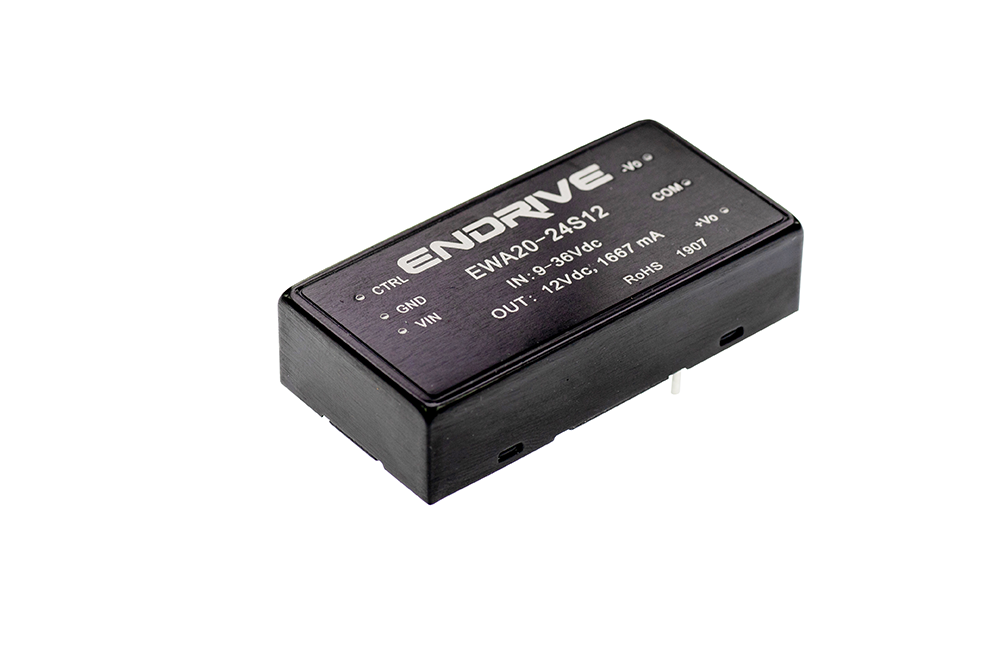Electromagnetic compatibility refers to the anti-interference ability of a lossy signal from the outside and suppresses its own electromagnetic interference. The electromagnetic interference generates electromagnetic energy from the interference source and is transmitted to the electronic device through a certain propagation path. The electronic device responds to this, thereby generating an interference effect. With the rapid development of the electronics industry, the impact of the electromagnetic environment on the surroundings has become increasingly harsh, which often affects the performance of power supplies and electronic equipment. In severe cases, it will cause the equipment to be damaged or even fail to work normally.
The widespread application of electronic equipment has made electronic systems more and more complex. Because electronic systems are sensitive to electromagnetic interference, in order to operate for a long time in such a complex electromagnetic environment, it is important to design electromagnetic compatibility for electronic equipment. my country's national standards for electromagnetic compatibility include: electromagnetic compatibility terms (GT/T4365-1995), wireless interference and anti-interference measurement equipment specifications (GB/T6113-1995), power tools, household appliances and other measurement specifications (GB4343-84). It indicates that the power supply and electronic products should have the ability to resist external interference and suppress the ability to generate electromagnetic interference by themselves.
There are four common electromagnetic interference:
1. Electricity interference
When more and more electronic products are connected to the power main line, the system will generate potential interference. Interference phenomena include power line interference, power line harmonics, voltage, surges, rapid electrical transients, etc.
2. Radio frequency interference
Radio frequency interference refers to the increase in radio transmitters, such as cellular telephones, handheld radios, radio remote control and other equipment. The transmitted radio frequency causes interference to the electronic system. A typical fault is that the RF intensity is 1~10/m.
3. Electrostatic discharge
There are two ways of electrostatic discharge: direct contact and radiation. Direct contact will generally damage the equipment, and radiation may cause the equipment to fail to work normally. With the development of chip technology, the degree of integration is getting higher and higher, and transistor microprocessors are easily damaged by external static electricity.
4. Self-compatibility
The digital part or circuit of the system can affect the analog equipment, causing a series of fire between the wires, and the motor may cause a disorder in the digital circuit.
Causes of electromagnetic interference caused by PCB:
1. The packaging measures are inappropriate, and the packaging materials include metal, plastic, etc.
2. Poor PCB design, such as poor grounding of cables and connectors.
3. Improper PCB layout, such as improper settings of clock routing, layered arrangement, signal wiring, etc., improper high-frequency RF distribution, insufficient common and poor touch filtering, ground loops cause RF and ground blasts, decoupling, insufficient bypass, etc.
In order to achieve EMC standards for high-frequency PCB design, grounding control, transmission line control, bypass decoupling, trace terminal matching, etc. are generally adopted.
Electromagnetic compatibility shielding design:
1. For low-frequency electromagnetic interference, generally use high magnetic permeability or magnetic materials (such as nickel-copper alloy).
2. For high-frequency electromagnetic waves, metal shielding materials are generally used.
3. The way to solve electromagnetic leakage in the chassis gap is to use electromagnetic sealing gaskets at the gaps.

Low-frequency electromagnetic waves are mostly conductive forms (<10Mhz), while high-frequency electromagnetic waves are mostly radiation forms. During design, new materials such as single-layer solid shielding material, multi-layer solid shielding material, double shielding, and multiple shielding can be used for shielding.
Power supply electromagnetic compatibility design:
In order to save energy and provide working efficiency in the market, switching power supply is generally used to supply power. The clock circuits in switching power supply circuits and digital circuits are the most important electromagnetic interference sources in electronic products at present.
The first thing to do is to suppress the interference source and prevent electromagnetic interference, then use anti-electromagnetic interference measures to block the transmission of interference, and then reduce the sensitivity of electronic devices to interference.
For the components, filters, grounding and bypasses, printed board layout, signal layout, cable connectors, interference suppression wiring and other links of electronic systems, anti-electromagnetic interference measures such as isolation, filtering, decoupling, sealing, grounding, shielding, circuit impedance control, and reasonable wiring are generally adopted.